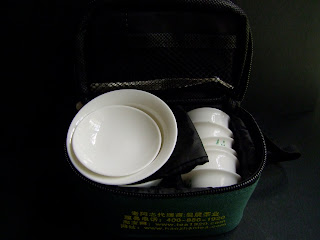

 I am caught up this few weeks watching World Cup Football (soccer). The standard of USA was in my opinion much improved this time round. The team did very well to qualify into the last 16 before bowing out to Ghana. It was unfortunate, that in all their games, the american team conceded early goals and had to play catch up. To me, the best match of the tournament so far was the encounter between England and Germany. You have it all, goals allowed and disallowed and the entertainment value of the game was really good.
I am caught up this few weeks watching World Cup Football (soccer). The standard of USA was in my opinion much improved this time round. The team did very well to qualify into the last 16 before bowing out to Ghana. It was unfortunate, that in all their games, the american team conceded early goals and had to play catch up. To me, the best match of the tournament so far was the encounter between England and Germany. You have it all, goals allowed and disallowed and the entertainment value of the game was really good.Back to tea. I will normally make my pu erh session for my world cup tv viewing this way; make 4 infusions into 4 mugs and during half time make another 4 infusions. As the live televised matches are in the evenings in this part of the world, watching the world cup did not disrupt my daily routine too much.
The above pictures shows a portable Chinese Tea brewing set. Made from porcelain, you can find such sets in many teashops, in Chinatown, and at night markets or shopping centres in China. It costs less than US$10 and such tea sets may be colored or decorated with Chinese motifs like dragons or flowers. This set comes with a tweezer, a pitcher, a gaiwan and 6 cups.
This is a small set. Brewing your tea in the gaiwan can only pour out 2/2.5 teacups of tea. You may have to make 3 infusions before you get to fill your 6 teacups.
This tea set is also suitable for those travellers that would want to brew tea in their hotels. It is also useful as a gift to a newbie Chinese tea drinker. He/She can try out brewing with a gaiwan before committing to teapots or bigger gaiwans. The disadvantage of this tea set are the porcelain used is very thin and would break easily in accidents. The smallness of the gaiwan may make brewing of the tea a little tedious. I myself use a large inexpensive thickly potted easy gaiwan when I travel. However, I find that this portable tea set would make a good gift and would seem as a good value for money gift. If you are set on drinking Chinese Tea, purchasing a regular size gaiwan (also less than $10) is a better choice.












